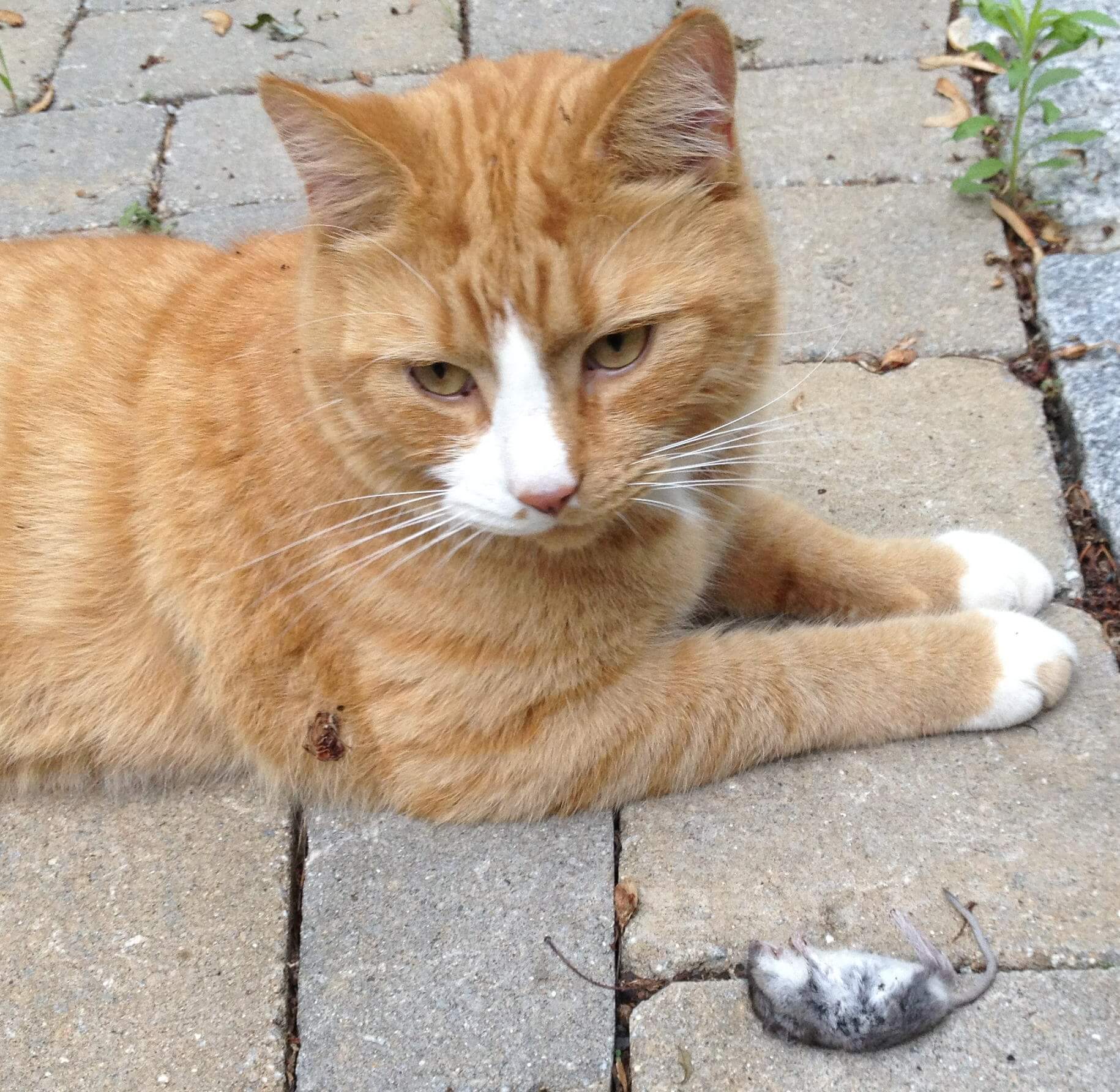Our Senses and Brain
Humans have a variety of senses that collect a vast amount of data about the conditions affecting us each day. Traditionally, we think about sight, hearing, smell, taste, and touch, but there are quite a few more:
- proprioception or kinesthetic sense (how we know the position and movement of our body),
- thermoception (detect how hot/cold an object is),
- pressure,
- chronoception (detect the passage of time), and
- equilibrioception or sense of balance.
Sight, sound, and smell allow us to remotely observe our surroundings, meaning we don’t need to be in contact with what we are following. These non-contact senses make it easier to detect threats and food opportunities from far away, increasing the chances of survival. Sight lets us see things from miles away and provides over ten times the amount of data our brain processes compared to any other sense. Eyesight is the largest energy consumer of the senses, which is valid for most animals that see.

Although many of the activities on this website focus on observations relying on sight, the mystery box experiment in the research activities explores information gathered through all of our senses. But we don’t use our senses the same way all the time. Recent research indicates that our culture influences how we prioritize the use of our senses, although sight tends to be our ‘go-to’ sense.
Get to Know Your Senses
The activities in the Observing section only scratch the surface for exploring the capabilities, strengths, and limitations of our senses. Since we have two eyes separated horizontally, we have depth perception which helps us observe the size, distance, and motion of objects in our line of sight. Although not as broad as many other animals, we see a broad field of view (peripheral vision), which helps us observe facial cues while we interact with people. Gauging the limits to our vision helps us to think about what we might be missing, which pushes us to develop technologies that ‘see’ beyond our capabilities.
Research your other senses, and consider how they influence each other. Does vision affect what we taste? How does mouthfeel influence our ability to taste? As with most things that involve living things, we are made of up interconnected systems. The more you understand about each of your senses, the better you can focus your observational skills.
Tip: Explore the senses of other animals to appreciate how senses support each organism.

Cats hear much higher frequencies than we do. It turns out rodents communicate at these frequencies.
Topics in Observing
- Our Senses and Brain
- Perspective,
- Technology,
- Measurement,
- Data, Graphs, and Functions
- Function Transformations
- Contouring, and
- Improving Observational Skills.
Measure your:

0 Comments